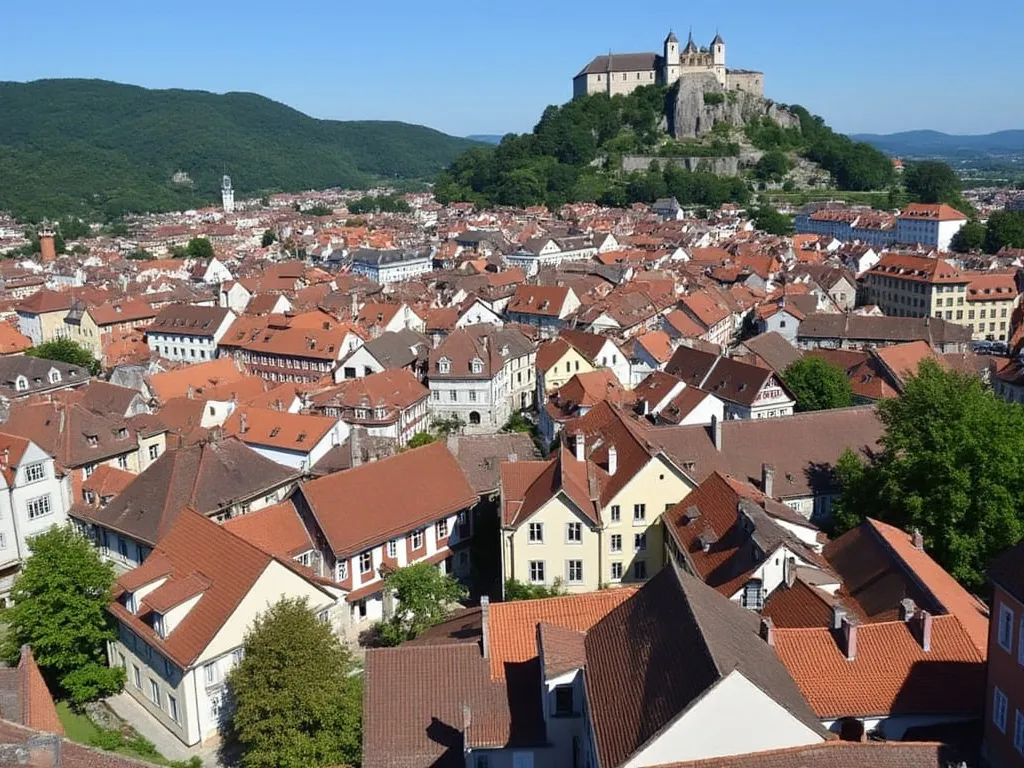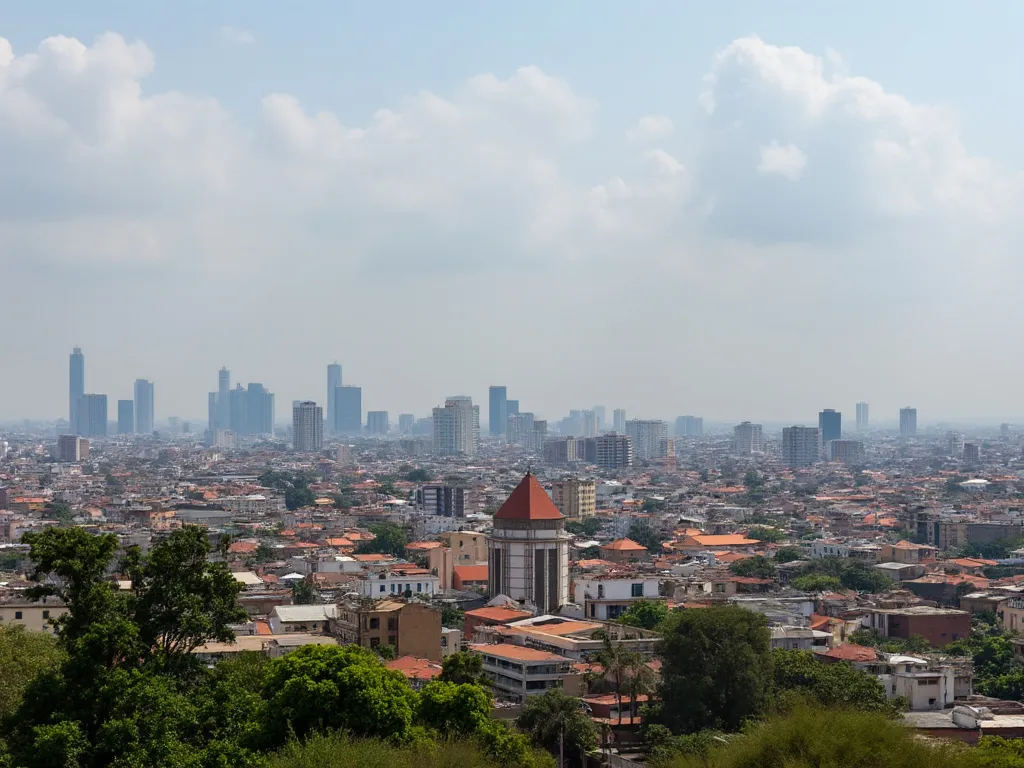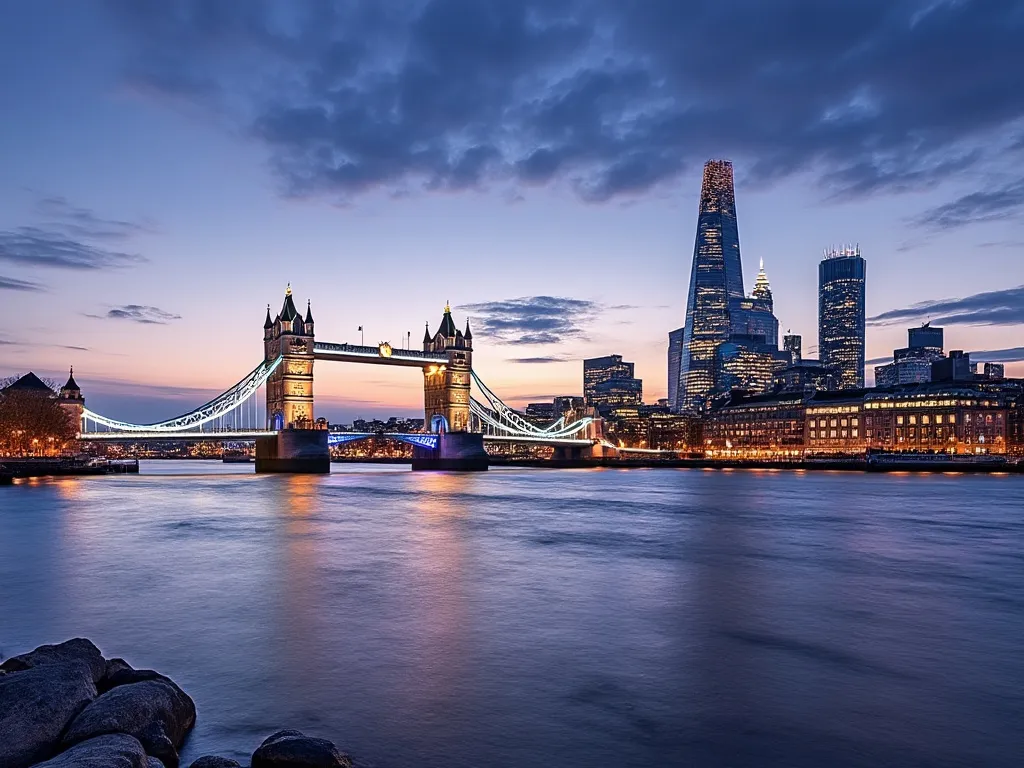
Ljubljana, the capital and largest city of Slovenia, is a charming and picturesque city located in the heart of Europe. With a rich history dating back to the Roman Empire, Ljubljana has evolved into a vibrant and modern city, blending its medieval heritage with contemporary culture.
Ljubljana Information
| Country | 🇸🇮 Slovenia |
| Population | 293,000 (2020 estimate) |
| Coordinates | 46.05°N 14.51°E |
| Area | 163.8 km² (63.24 sq mi) |
| Climate | Humid continental climate (Köppen climate classification: Cfb) |
| Language | Slovene (official), English widely spoken |
| Currency | Euro (€) |
| Time zone | Central European Time (CET), UTC+1 |
| Proximity to other major cities | Zagreb, Croatia (140 km / 87 mi), Vienna, Austria (230 km / 143 mi), Trieste, Italy (90 km / 56 mi) |
Historical Background of Ljubljana
Ljubljana has a long and varied history, with archaeological evidence showing human settlement in the area dating back to the Stone Age. The city was an important center of trade and commerce during the Roman Empire, and later became a major hub of the Holy Roman Empire. In the 15th century, Ljubljana became the capital of the Duchy of Carniola, a historical state that covered much of present-day Slovenia and parts of Austria and Italy.
Geographical Location of Ljubljana
Ljubljana is situated in the Ljubljana Basin, a valley surrounded by the Julian Alps and the Sava Hills. The city is located at the confluence of the Ljubljanica River and the Sava River, making it an important center of trade and commerce. Ljubljana's geographic location has made it an important crossroads of European cultures and trade routes.
Cultural Significance of Ljubljana
Ljubljana is a city with a rich cultural heritage, boasting numerous museums, galleries, and festivals throughout the year. The city is home to the National Museum of Slovenia, the Slovenian National Opera and Ballet, and the Ljubljana Festival, a major cultural event that takes place every summer.
Economic Importance of Ljubljana
Ljubljana is the economic center of Slovenia, with a strong focus on services, finance, and industry. The city is home to numerous multinational companies, including Microsoft, IBM, and BMW, and has a growing startup scene. Ljubljana's strategic location and favorable business environment make it an attractive destination for foreign investment.
Interesting Facts About Ljubljana
- Ljubljana is often referred to as the "City of Dragons" due to the numerous dragon statues and symbols found throughout the city.
- The city has a unique and well-preserved medieval old town, with many buildings dating back to the 15th century.
- Ljubljana is home to the Triple Bridge, a unique bridge that connects the old town to the modern city center.
- The city has a vibrant food scene, with a focus on traditional Slovenian cuisine and local wines.
Tourist Attractions in Ljubljana
- Ljubljana Old Town, with its picturesque streets and historic buildings.
- The Ljubljana Castle, a medieval fortress that offers stunning views of the city.
- The National Museum of Slovenia, which features a collection of Slovenian art and artifacts.
- The Triple Bridge, a unique and iconic landmark that connects the old town to the modern city center.
Conclusion on Ljubljana
In conclusion, Ljubljana is a charming and vibrant city that offers a unique blend of history, culture, and natural beauty. From its well-preserved medieval old town to its modern city center, Ljubljana has something to offer for every visitor. Whether you're interested in history, culture, or simply want to experience the local way of life, Ljubljana is a must-visit destination in the heart of Europe.
 Lomé
Lomé
 London
London
 Lima
Lima
 Lisbon
Lisbon